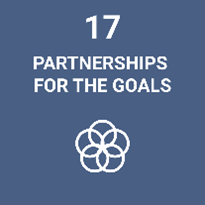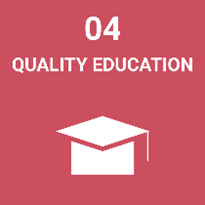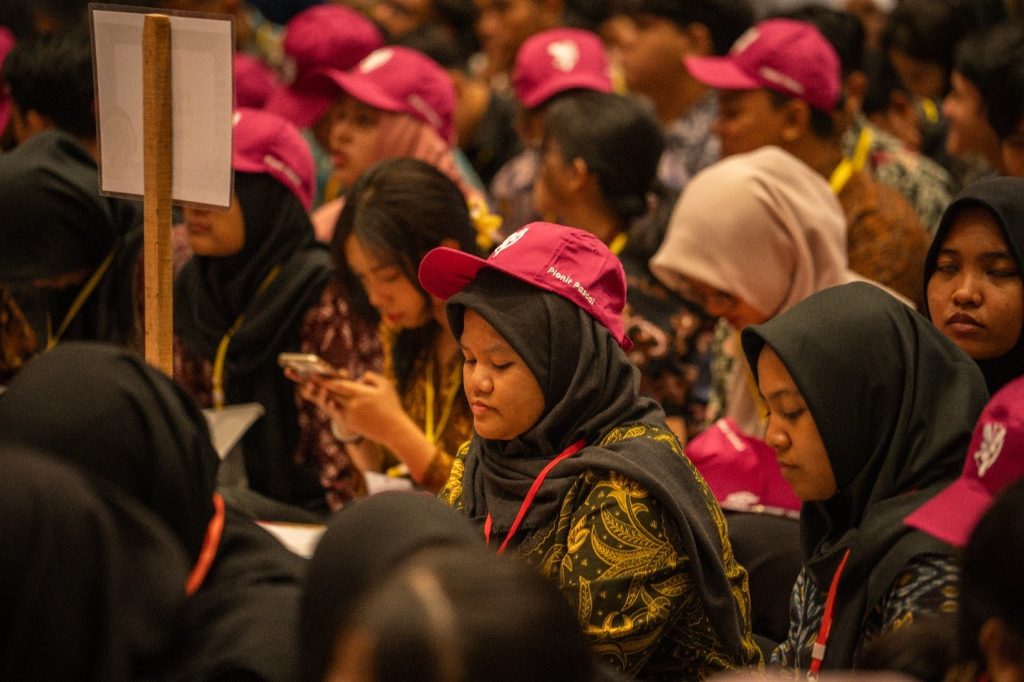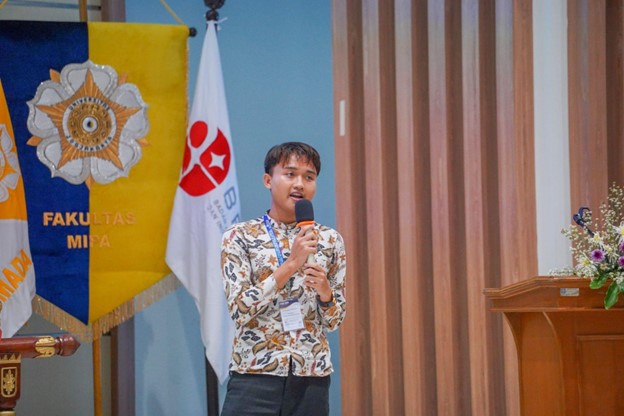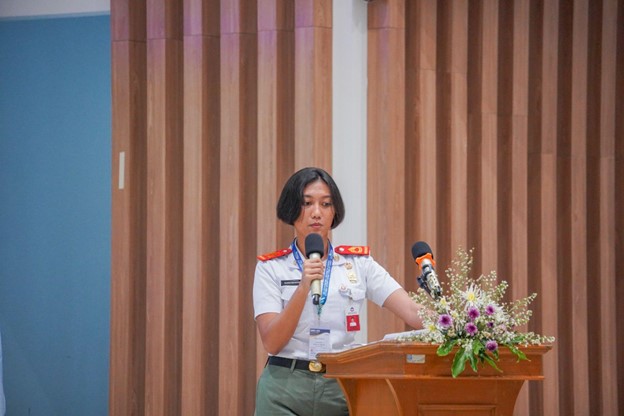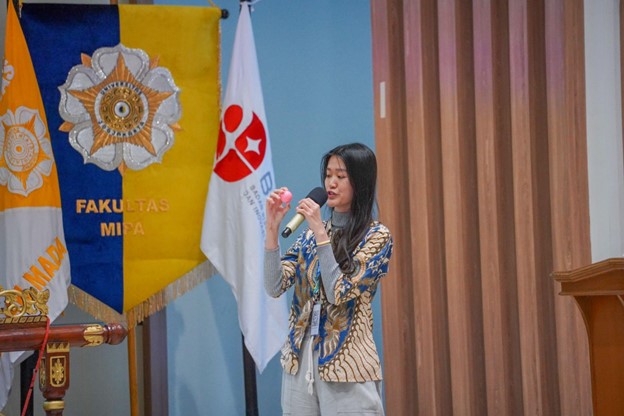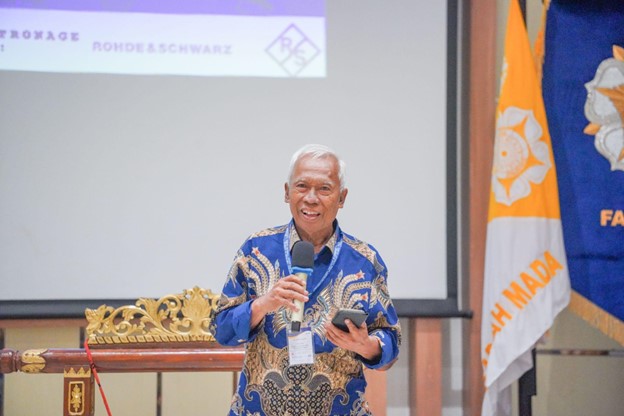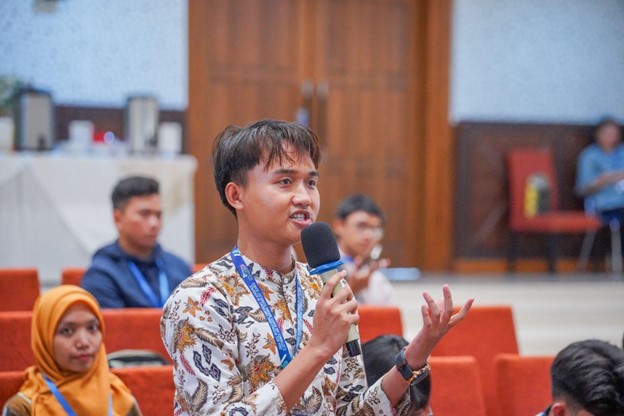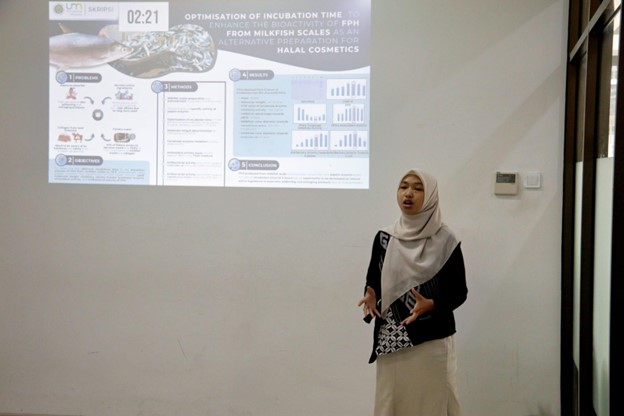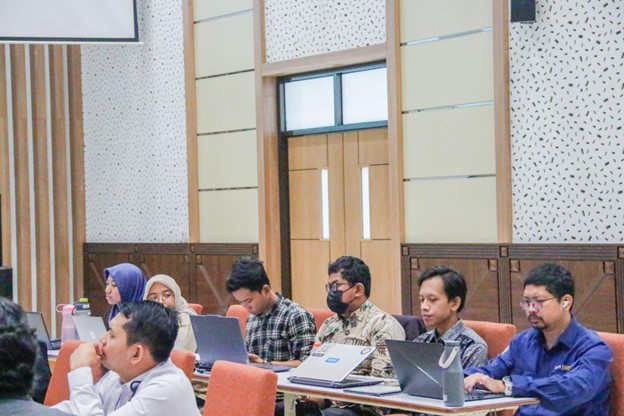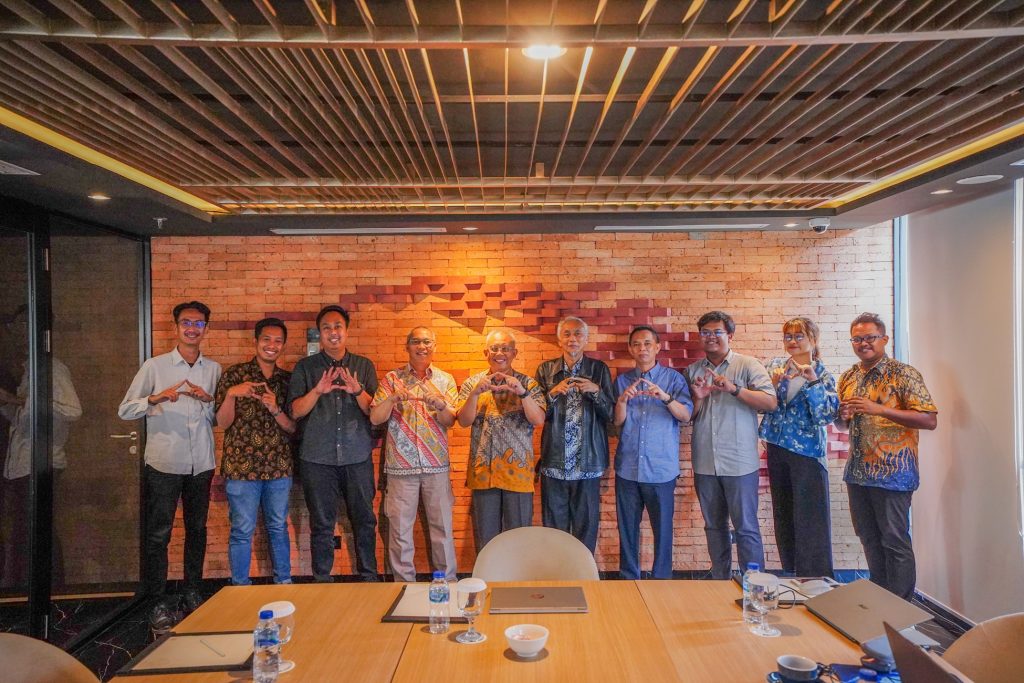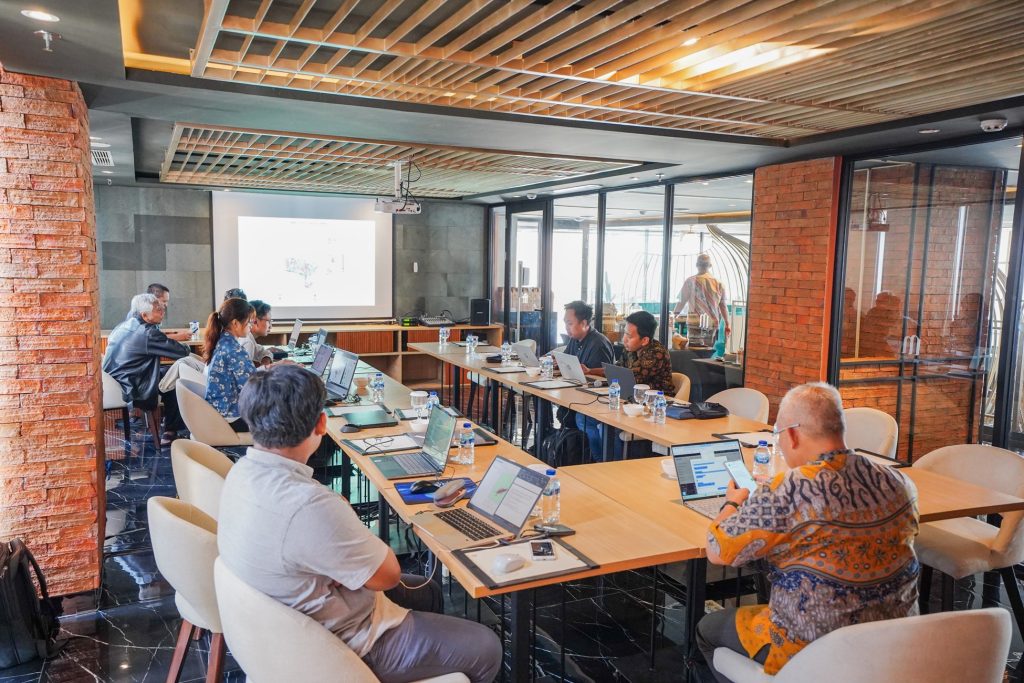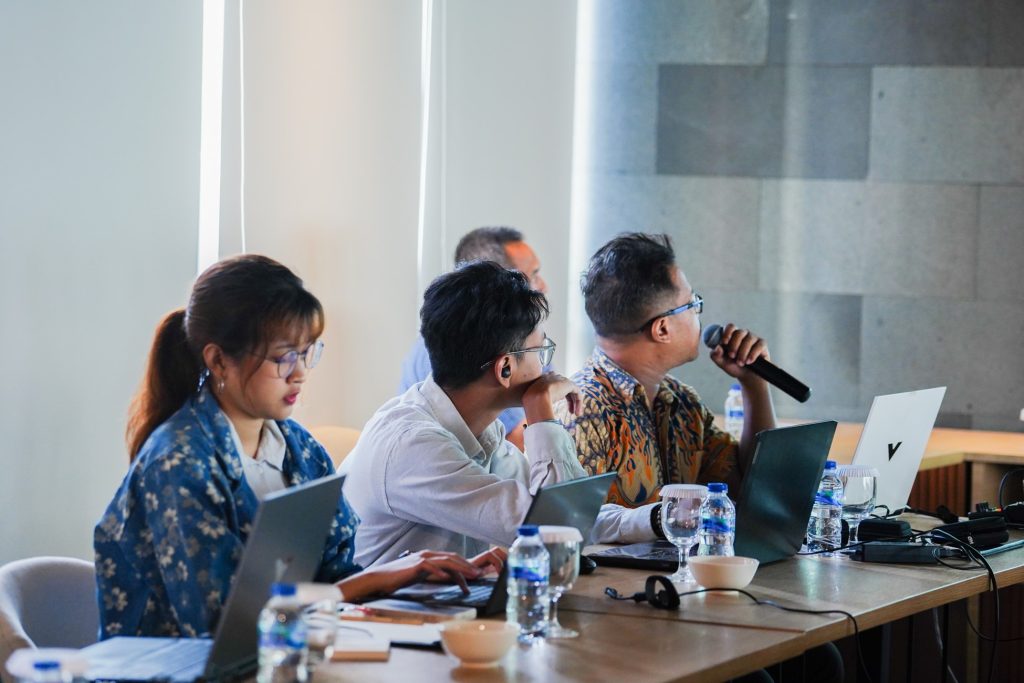
FMIPA UGM Gelar Forum Diskusi sebagai Wadah untuk Ciptakan Solusi dan Inovasi Terkait Pertambangan Indonesia
Fakultas Matematika dan Ilmu Pengetahuan Alam (FMIPA) UGM mengadakan Forum Diskusi Panel bertemakan Miningfull Technology. Kegiatan ini dilaksanakan pada Sabtu, 29 November 2025 di Auditorium Indonesia Power, Jakarta Selatan. Dengan peserta kegiatan merupakan profesional dari dunia industri pertambangan, serta pembuat kebijakan dan regulator pertambangan, forum ini diinisiasi oleh FMIPA UGM dan KAMIPAGAMA (Keluarga Alumni FMIPA UGM) sebagai wadah untuk menghubungkan para profesional agar dapat berbagi serta berdiskusi pengalaman dan permasalahan.
Acara ini dibuka dengan penekanan kolaborasi lintas sektor, mulai dari sambutan Pak Daniel Oscar Baskoro selaku perwakilan dari KAMIPAGAMA yang menegaskan pentingnya sinergi antara industri, akademisi, dan praktisi teknologi untuk mendukung nilai-nilai ESG serta menjadikan teknologi sebagai peningkat keberlanjutan, bukan sekadar efisiensi. Wakil Rektor Bidang Kerja Sama, Dr. Danang Sri Hadmoko, menambahkan bahwa forum ini menjadi ruang strategis untuk mempertemukan akademisi, regulator, dan praktisi guna memahami kebutuhan nyata industri pertambangan dan merumuskan agenda konkret, khususnya dalam riset menuju net-zero dan low-carbon emission.
Perwakilan Direktur Pembinaan Pengusahaan Batubara, Direktorat Jendral Minerba, Kementrian Energi dan Sumber Daya Mineral, menyoroti besarnya risiko di sektor pertambangan, baik lingkungan maupun kepentingan publik, serta keterbatasan pemanfaatan AI dan teknologi di sektor minerba, sehingga berharap forum ini dapat menjadi wadah untuk memperoleh dukungan dan memperkuat pengawasan di industri tersebut.
Kegiatan terdiri dari tiga sesi dengan topik dan narasumber yang berbeda. Pada sesi pertama, pembahasan berfokus pada optimalisasi AI untuk profitabilitas dan efisiensi operasional tambang. Sesi pertama ini mengundang Widyanto Andono sebagai perwakilan dari GoWell International serta Raka Satrio sebagai perwakilan dari Red Hat.
Dilanjutkan dengan topik strategi hilirisasi efisiensi energi smelter dan inovasi digital pada sesi kedua. Sesi kedua ini diisi oleh tiga narasumber yaitu Muhidin selaku Division Head Downstream Energy MIND ID, dan Sofuan Karnadi selaku VP Instrumentation and Engineering Support PT PLN Engineering.
Sesi terakhir yaitu sesi ketiga, yang berfokus pada inovasi teknologi upstream di masa depan dan model operasi baru dari lini upstream. Dengan menghadirkan Mangantar S. Marapaung selaku Chairman Djakarta Mining Club serta Slamet Sugiharto selaku Director TEchnology Officer PT Vale Indonesia, sesi ini lebih menekankan pada diskusi teknologi, investasi, dan keberlanjutan.
Forum diskusi Miningfull Technology ini turut mendukung tujuan dari Suistanable Development Goals (SDGs) poin ke 9 (Industri, Inovasi, dan INfrastruktur), serta poin ke 17 (Kemitraan untuk Mencapai Tujuan). Melalui kegiatan ini, FMIPA UGM membuka sebuah kesempatan dalam agar menciptakan solusi bersama demi pertambangan Indonesia yang tetap kompetitif, inklusif, dan berkelanjutan.
Penulis: Sekar Melati Putri Pratiwi
Foto: Sekar Melati Putri Pratiwi
